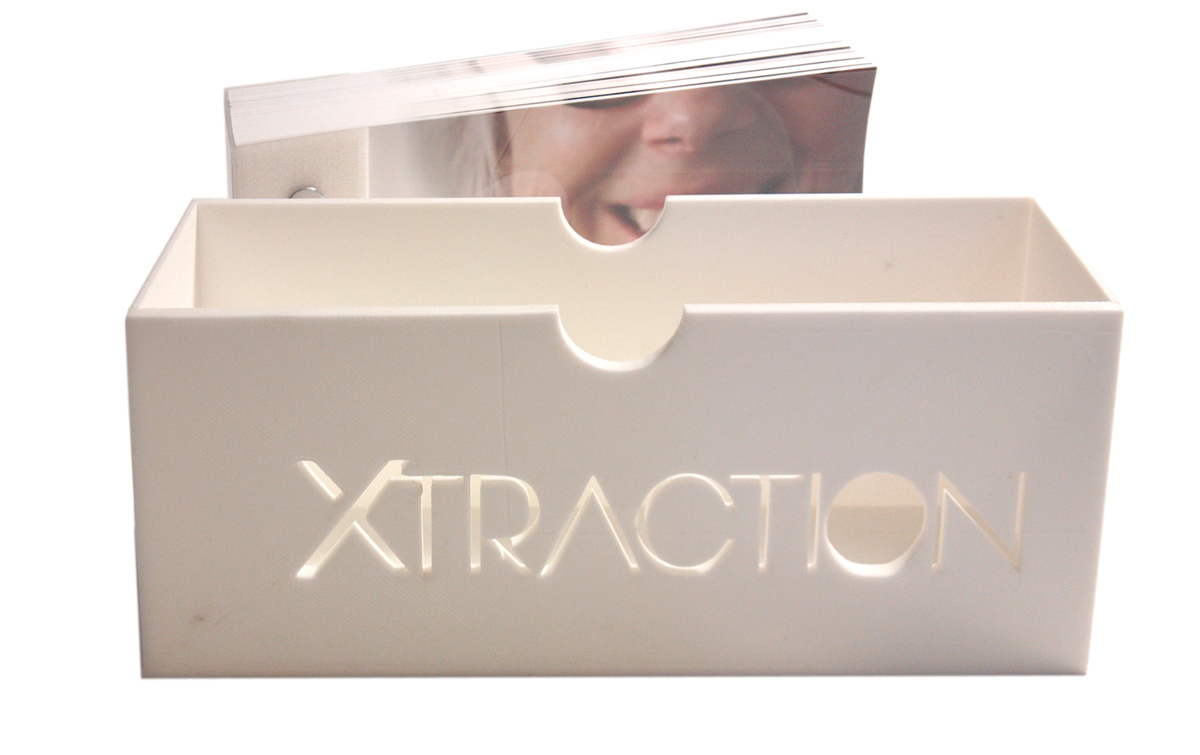Spring makes me nostalgic, it’s a time to renew, a time to clear our spaces.
When I de-clutter my surroundings after the winter months my thoughts meander towards the past and its meaning.
I’ve been creating artists’ books since 1996. I was doing installations at the time and was not sure this was the direction I wanted to continue.
During the previous year my husband Michael Sutton published his own book Documents Management for the Enterprise, Principles, Techniques, and Applications, best-seller till the late 90’s. In the early part of that spring we travelled back to his hometown, and the trip brought many ideas and creativity. I shot lots of photographs of Michael contemplating his childhood.
On our arrival back home, I read Michael’s book and appropriated groups of words or sentences from each chapter. These sentences taken out of context added a depth of emotions to the photographs I had taken. After months of talks on childhood and the past, I created my last installation on the theme of memories.
My installation was made of one book, a large book—My Memories of My Memories—a 22-inches by 30-inches closed artists’ book. The one-of-a-kind brings adults to perceive themselves as tiny in front of its size and resembles a family photo album. It needed to be big and awkward! The array of personal family images helped trigger people’s memories of childhood with each turn of a page.
Each page is a blend of my photographs, snapshots from a family album and a facsimile of the pages of Michael’s published monograph. Each chapter title of Michael’s book becomes each page of my book. The intermixed images simulate a bizarre sense of déja-vu.
This recollection brings me to re-introduce my artists’ book My Memories of My Memories. This is where my world of artists’ books began. I can’t remember the reason behind the long title!! But notice Michael’s book title!
© 1999 Louise Levergneux, My Memories of My Memories
© 1999 Louise Levergneux, My Memories of My Memories
© 1999 Louise Levergneux, My Memories of My Memories, Chapter 3
© 1999 Louise Levergneux, My Memories of My Memories, Chapter 4
© 1999 Louise Levergneux, My Memories of My Memories, Chapter 5
© 1999 Louise Levergneux, My Memories of My Memories
© 1999 Louise Levergneux, My Memories of My Memories, Chapter 9
Later, I created a smaller version of My Memories Of My Memories in an edition of 10. This version is 4.5 by 3.125 inches. One copy remains in my collection copy 1/10. The smaller version brings a childhood memory of keeping small treasures in our pockets and keeping them for rainy days.
The Library & Archives Canada/Bibliothèque et Archives Canada in Gatineau, Québec purchased the large format one-of-a-kind in 2007.
During this wistful affection for the past, I researched large format books and found the work of Christopher Kardambikis.
His 21-inches by 34-inches book Mundus Subterraneus, a hand-bound accordion extends to 28-feet unfolded. That’s BIG!
© 2012 Christopher Kardambikis, Mundus Subterraneus
© 2012 Christopher Kardambikis, Mundus Subterraneus. Multiple digital print, silkscreen, india ink, and graphite on paper. Silkscreen on bookcloth.
© 2012 Christopher Kardambikis, Mundus Subterraneus
In the lineage of Kircher’s treatise, Mundus Subterraneus explores an absurd mythology for the future, pulling from the history of book production itself as well as science fiction, myth and cosmology. The work functions as an intimate atlas of artistic process. Reminiscent of Kircher’s play on the doubling of “mundus,” the visual information of Kardambikis’ book can be considered as both a series of two-page spreads or a 28-feet long image. In either case, one’s view is limited to a fragment or image of a larger schema. Like an atlas, an entire area is not viewed at once but rather is taken in as fractions of a whole. The book presents the viewer with sign systems of both the fantastic and the personal in an illustration that requires durational engagement.
The book tackles the measuring of space and how we traverse place and was exhibited at the University of California in San Diego. Christopher set up a series of prints cut from paper and adhered to the wall of the gallery called Squaring a Circle - forming an image of the horizon as scene from the nearby desert.
Mundus Subterraneus, the book, functioned like a cross section. If the earth formed a sphere that could be contained in the space of the gallery then the book was a core sample - a sliver of information down the centre of the sphere, flattened, condensed, and formed into an atlas. An atlas of the space, of the show, and of my practice all existing but never seen in its entirety all at once.
Such a wonderful book, I would have loved to see this exhibition in person.
I love big books and the philosophy behind them. Remind me though never make a big one again!







































































